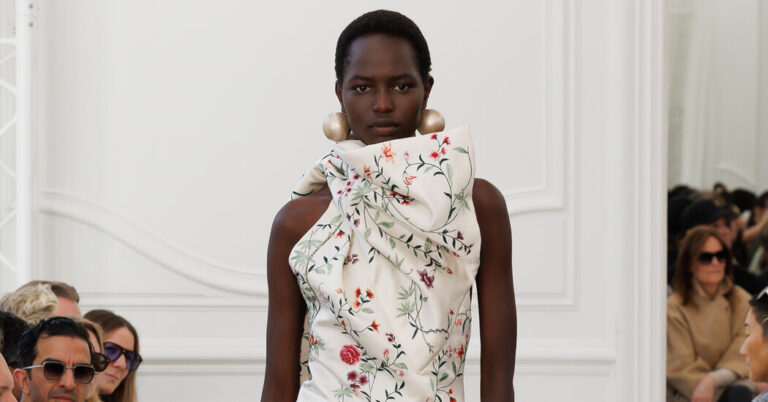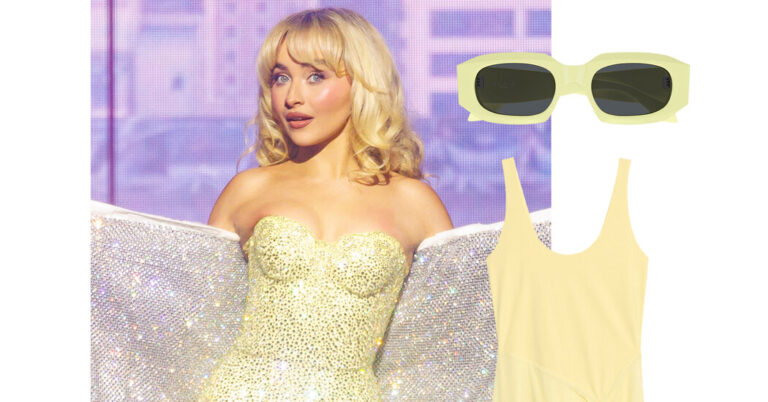Tony Hawk took skateboarding to new heights in 1999 when, high above a halfpipe at the X Games, he began furiously spinning, completing two and a half turns in the air before gliding gracefully back onto the ramp. The 900 — named for the number of degrees of rotation the move requires — had seemed impossible, but Mr. Hawk, his sport’s biggest star, had landed it, rewriting the rules of what could be done on a skateboard and exposing the sport to a far more mainstream audience.
Then, shortly after his moment of triumph, Mr. Hawk’s form of gravity-defying skating began fading away, nearly to the point of extinction. It was replaced by a street style that was more easily learned at skate parks, with an entire generation of skaters leaving the giant ramps behind.
That, however, is starting to change. Social media has been flooded in recent months with videos of prepubescent skateboarders launching themselves off ramps and flying into the air, landing the kinds of tricks that experienced skaters have been reluctant to attempt. They are shifting the paradigm with their gravity-defying moves, and inspiring other kids around the world to try the same.
Mr. Hawk’s style of vertical skating — “vert” to those who practice it — is making a comeback, and he is desperate to turn that momentum into a return of the event at the 2028 Olympics in Los Angeles.
Vert is skateboarding in its most spectacular form. Its simplicity, combined with the pure excitement in its perilous maneuvers, makes it easy for those who don’t skate to understand.
The reality is that Mr. Hawk’s accomplishments on vert ramps had simply made the practice seem more popular than it was. Renton Millar, a former professional skater and the head of the Vert Skating Commission for World Skate, the sport’s governing body, said vert skaters like Mr. Hawk have typically been a minority, “who stand out because it is so rad.”
Enter people like Tom Schaar, a 25-year-old skater who many view as vert’s next big star and a potential bridge between older generations and the next one — the kids who are finding the sport through social media.
The 900 took a lot longer, Mr. Schaar said of learning the two difficult tricks. “Once you get over the fear of kind of doing those extra spins, they kind of all just blur together into one big spinning mess.”
Vert rewards the type of consequence-blind actions that are typical of an adolescent, and adolescents are shaping the style’s future.
Young skaters have more resources, Mr. Hawk said. They have training facilities now, and children are encouraged to start skating. That wasn’t the case when we were young. Children were discouraged from skating. It was a bad influence, with no future.
Mr. Hawk said it took him 10 years of attempting it before he landed the 900, finally achieving the feat when he was 31 years old. Now, he watches in awe as young skaters build on his accomplishments and those of his peers. Last year, Arisa Trew became the first female skater to land a 900. She was 13 years old at the time.
Some of the kids, as soon as they start riding, they are fascinated with aerials and they know what is possible, Mr. Hawk said. “To them, a 540 is just a starting point. A 540 wasn’t even created until I was in my teens, you know?”
Mr. Hawk, ever the evangelist, knows what he wants to happen next. The Summer Olympics are heading to Los Angeles in 2028. Southern California is the global epicenter of skateboarding, and Mr. Hawk has been, as he puts it, “hustling” to get vert added as an event. It would increase the visibility of the form and, Mr. Hawk believes, lead to more vert ramps being built. To help get things started, he’s willing to put his own equipment on the line.
I would give them my ramp, Mr. Hawk said feverishly. “I would say ‘Here’s the terrain. Find a place for it, and it’s all yours.’ I have the best vert ramp in the world, and it’s portable. It can be assembled in a couple of hours. It’s all yours.”
The International Olympic Committee will issue its final decision on vert and other events for the 2028 Olympics at its next executive board meeting on April 9.
Many skaters believe having a vert competition is an obvious choice for the Olympics, but it was left out of the 2020 and 2024 Games, Mr. Hawk said, because of bureaucratic challenges, and an overall lack of vert skaters at the time.
To get to this point, the sport has had to let go of its past. By the time he landed the 900, Mr. Hawk and his cohort — holdovers from the 1980s when vert was the dominant style of skateboarding — were aging out of their professional careers. Very few vert skaters were coming up behind them, leaving Mr. Hawk as one of the few loud voices pushing for it to continue.
People who skate today, especially those who are 25 and older, they will all tell you that they started skating because of Tony Hawk in some way, said Jimmy Wilkins, a pre-eminent vert skater.
The young skaters reviving the art of vert on Instagram, however, are not so closely tied to Mr. Hawk. They were born after his big moments. Their innovation and advancement of the form is its own, new thing.
I’ve just seen so many of these kids start coming up being like seven years old, and I’m thinking ‘This kid’s pretty good,’ Mr. Sloan said. “And then the next thing you know, I’m competing against him.”
Source link




